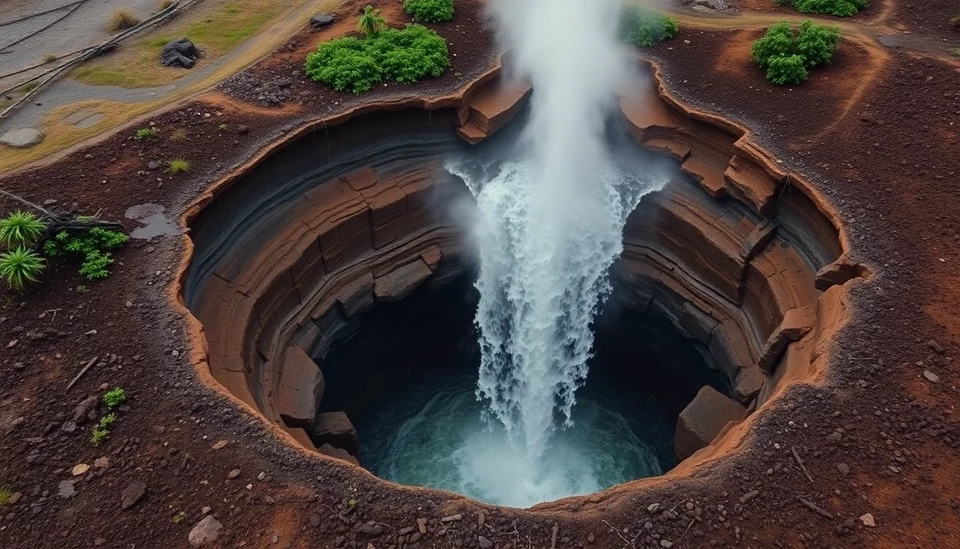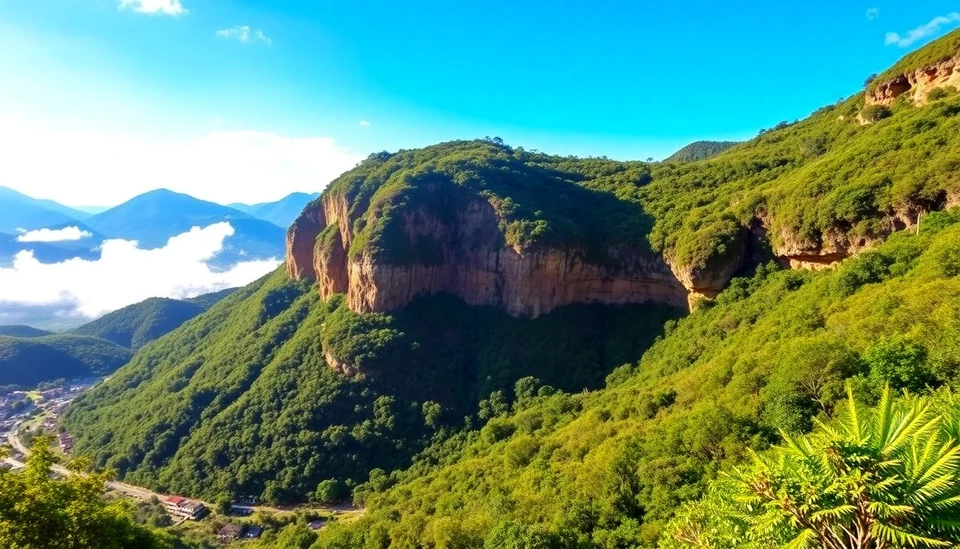
In a startling display of nature's unpredictable wrath, Ecuador has found itself grappling with an alarming situation that has implications for its power generation capabilities. In recent months, reports have surfaced detailing the emergence of colossal sinkholes near the country's hydroelectric facilities, raising concerns about the stability of these crucial infrastructures. By 2025, these geological phenomena are expected to impact power generation, with fears of energy shortages looming large over the nation.
The phenomenon first drew attention when construction workers at a hydroelectric dam site in the Andean region reported a sudden collapse of the ground beneath their feet. This incident opened the floodgates for a series of investigations revealing similar sinkhole formations in the vicinity, some measuring up to 30 meters in diameter. Experts attribute these sinkholes to multiple factors, including heavy rainfall, soil erosion, and increased mining activities in the region, which disrupt the natural balance of the earth.
Ecuador's dependence on hydroelectric power, which accounts for approximately 80% of its electricity generation, makes the situation particularly dire. Disruption at the dams translates into significant power shortages, which would not only affect everyday life but also stymie economic growth. As the rainy season approaches, there are grave concerns about how further downpours could exacerbate the already precarious situation, potentially leading to more sinkholes and further damage to vital infrastructure.
In response to the crisis, the Ecuadorian government has initiated a series of measures aimed at addressing the sinkhole issue while seeking to bolster its energy stability. Engineers and geologists have been deployed to assess the vulnerabilities in existing power plants, while plans are underway to invest in alternative energy sources to cushion the impact should hydroelectric production be compromised.
Despite these efforts, local communities are living in fear. The suddenness of the sinkholes has not only caused chronic anxiety among the populace but has also sparked debates on environmental policies and the repercussions of unchecked industrialization. Farmers and residents who depend on the land for their livelihood express a growing concern that their homes might be the next victims of the earth’s instability.
Some analysts suggest that the situation in Ecuador serves as a cautionary tale for other nations reliant on a singular form of energy production. The vulnerability of hydroelectric systems to natural events underscores the need for a diversified energy strategy that incorporates wind, solar, and other renewable resources to mitigate risks and ensure a consistent power supply.
As Ecuador stands on the brink of this potential energy crisis, the global community watches closely. How the country navigates this challenge could set a precedent for others facing similar vulnerabilities in energy production systems. The journey ahead is uncertain, but the message is clear: preparation, adaptability, and forward-thinking policies will be crucial to weathering the storms—both literal and metaphorical—on the horizon.
In conclusion, the sinkhole crisis facing Ecuador is not just a local issue but a complex interplay of environmental, economic, and social factors that could have far-reaching consequences for the nation's future. Without substantial action and strategic planning, Ecuador risks plunging into an energy predicament that could affect millions.
#Ecuador #Sinkholes #PowerCrisis #RenewableEnergy #Hydroelectric #Environment #Geology #EnergyStability #ClimateChange
Author: Rachel Greene



